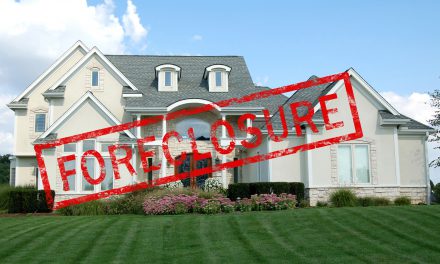Our proposal: Eliminate the mortgage interest tax deduction (MID) and implement a federal mortgage payment assistance program for low-income homeowners.
Why: The MID provides homeowners an itemized tax deduction on interest paid on a mortgage which:
- funded the purchase price or paid for the cost of improvements to the owner’s principal residence or second home; and
- is secured by either the owner’s principal residence or second home. [Internal Revenue Code §163(h)]
In theory, the MID encourages homeownership by subsidizing low- to middle-income homeowners.
However, in practice, the MID disproportionately benefits the top income earners and is only claimed by 20% of homeowners, according to the Urban Brookings Tax Policy Center.
The unequal distribution of MID benefits occurs because claiming the MID requires a homeowner’s total deductions and income to be high enough to justify itemizing — a tax filing method most often used by high-income homeowners with more assets and expenditures.
In fact, a meager 12% of tax filers with an adjusted gross income (AGI) of less than $50,000 itemize their deductions and benefit from the MID. Meanwhile, 94% of those with an AGI of at least $200,000 itemize, according to the Internal Revenue Service (IRS) and U.S. Census Bureau. With recent tax code changes increasing the standard deduction, low- and middle-income homeowners are even less likely to claim the MID.
The outcome: the size of the MID subsidy directly correlates to the amount of the mortgage, the home’s value and the owner’s supporting income. The wealthier the homeowner, the increased likelihood of claiming the MID and the bigger the tax savings — completely contrary to the MID’s purpose.
Thus, the majority of homebuyers do not benefit from the MID, especially the low-income homeowners the MID was created for. Even when homeowners do claim the deduction, the purported “savings” afforded by the MID are actually paid up front through artificially inflated home prices. This results in the MID primarily increasing profits for:
- builders through increased property prices;
- lenders through larger mortgages; and
- real estate brokers through increased broker’s fees.
Eliminating the MID would recover lost revenue from the wealthiest homeowners who currently disproportionately benefit from the deduction, and avoid the resulting artificial price inflation — all the while having zero negative effect on the low- and middle-income homeowners the MID is intended to benefit.
Further, homeownership subsidies can be more effectively redirected to low-income homeowners through a federal mortgage payment assistance program that partially funds mortgage payments based on income.
Infrastructure for such a program already exists through Section 8 housing subsidies available to low-income renters. Thus, a federal program for homeowners expands Section 8 to include owned housing, providing assistance with monthly mortgage payments and ensuring a minimum standard of living for homeowners.
Subsidizing homeownership through mortgage payment assistance — rather than through the current failed approach of the MID — provides more direct housing subsidies and promotes increased, equitable access to homeownership across all income levels.
What you can do: Rather than deceptively assure homebuyer clients they will unquestionably benefit from the MID, be forthright about how and when the MID can be claimed. Ensure homebuyers understand the MID will only be available to those who itemize their tax deductions.
Further, consider educating your homebuyer clients more broadly on the tax benefits of homeownership and suggest alternative programs they may benefit from in lieu of the MID.


















